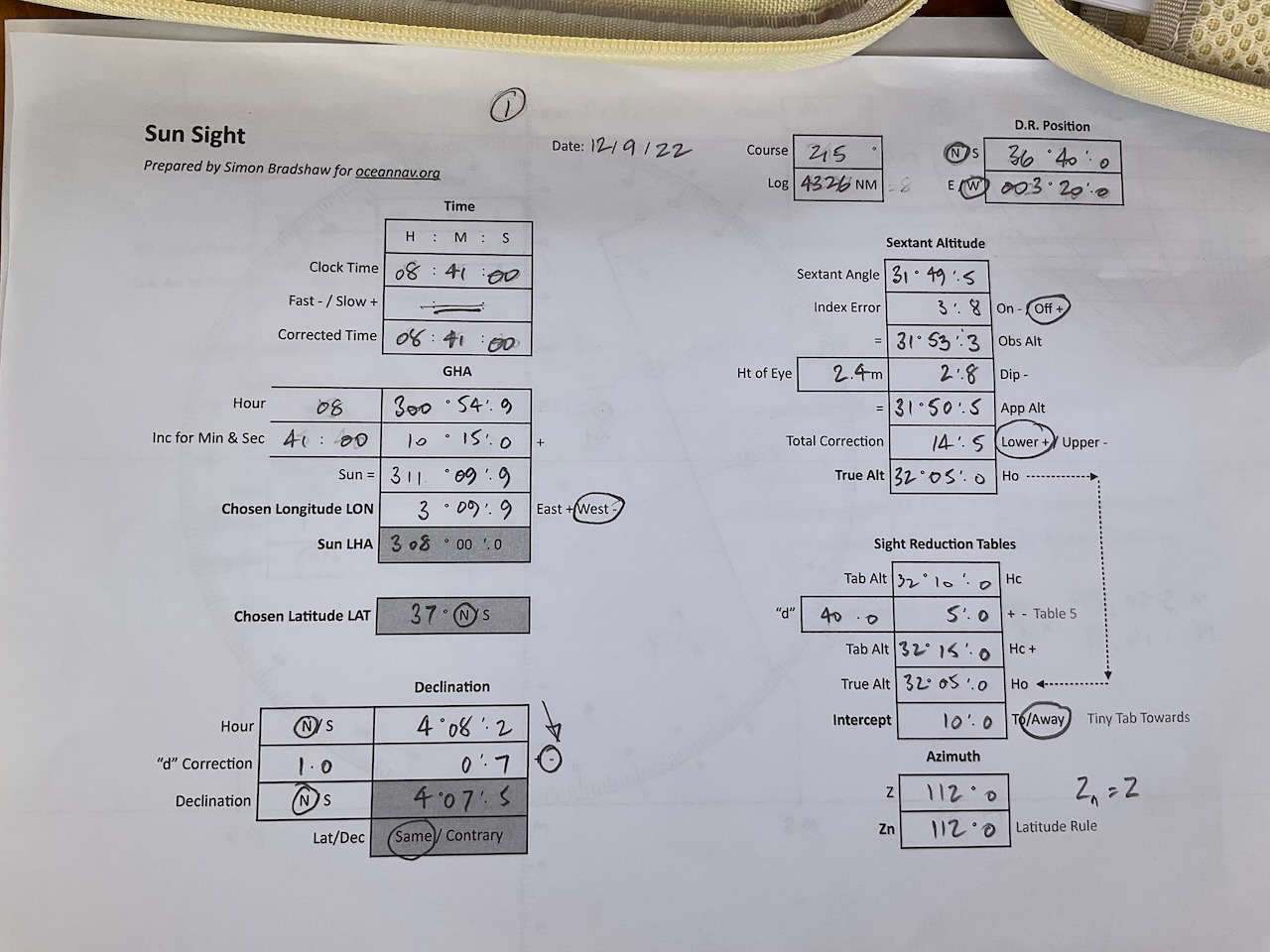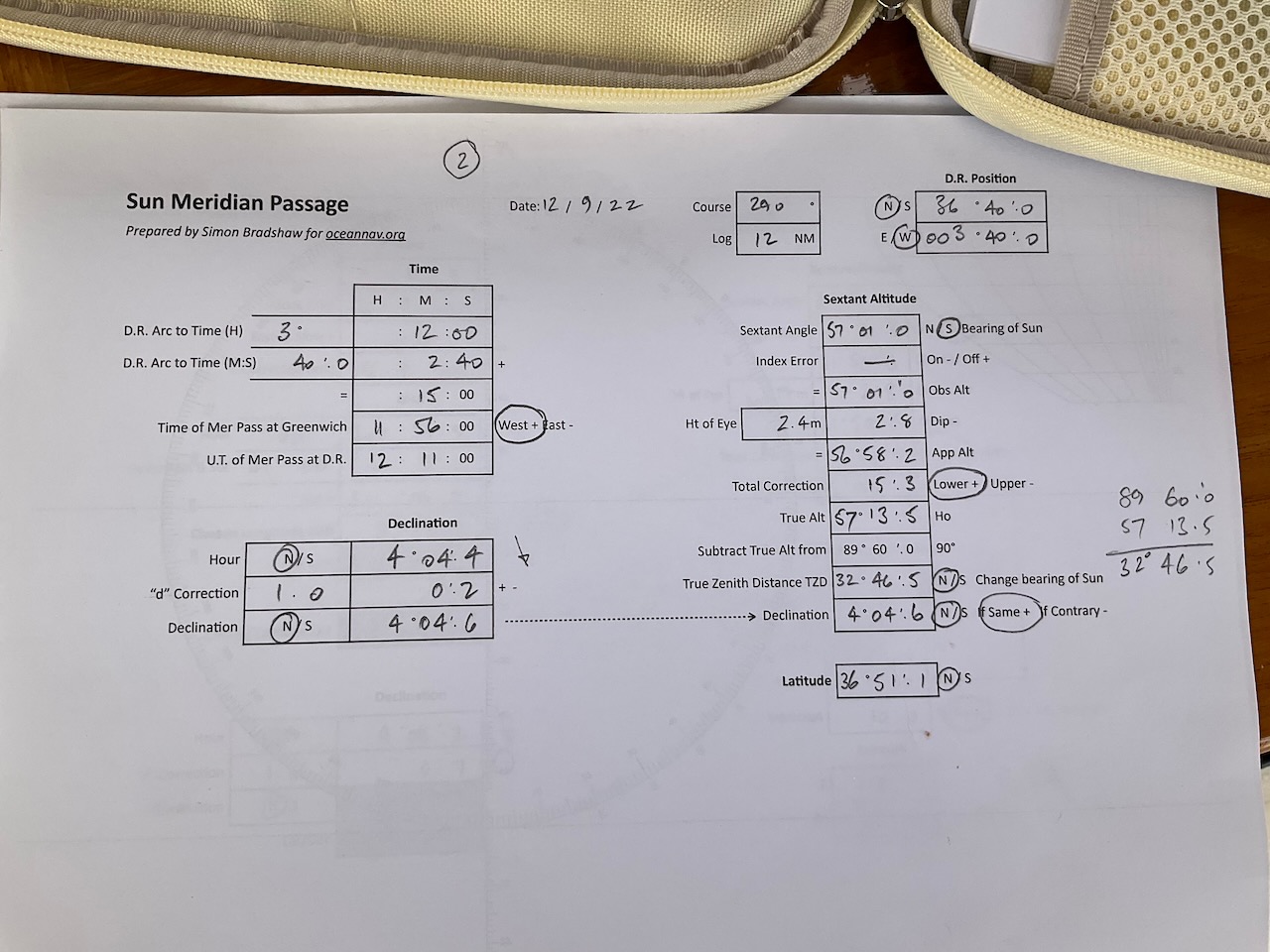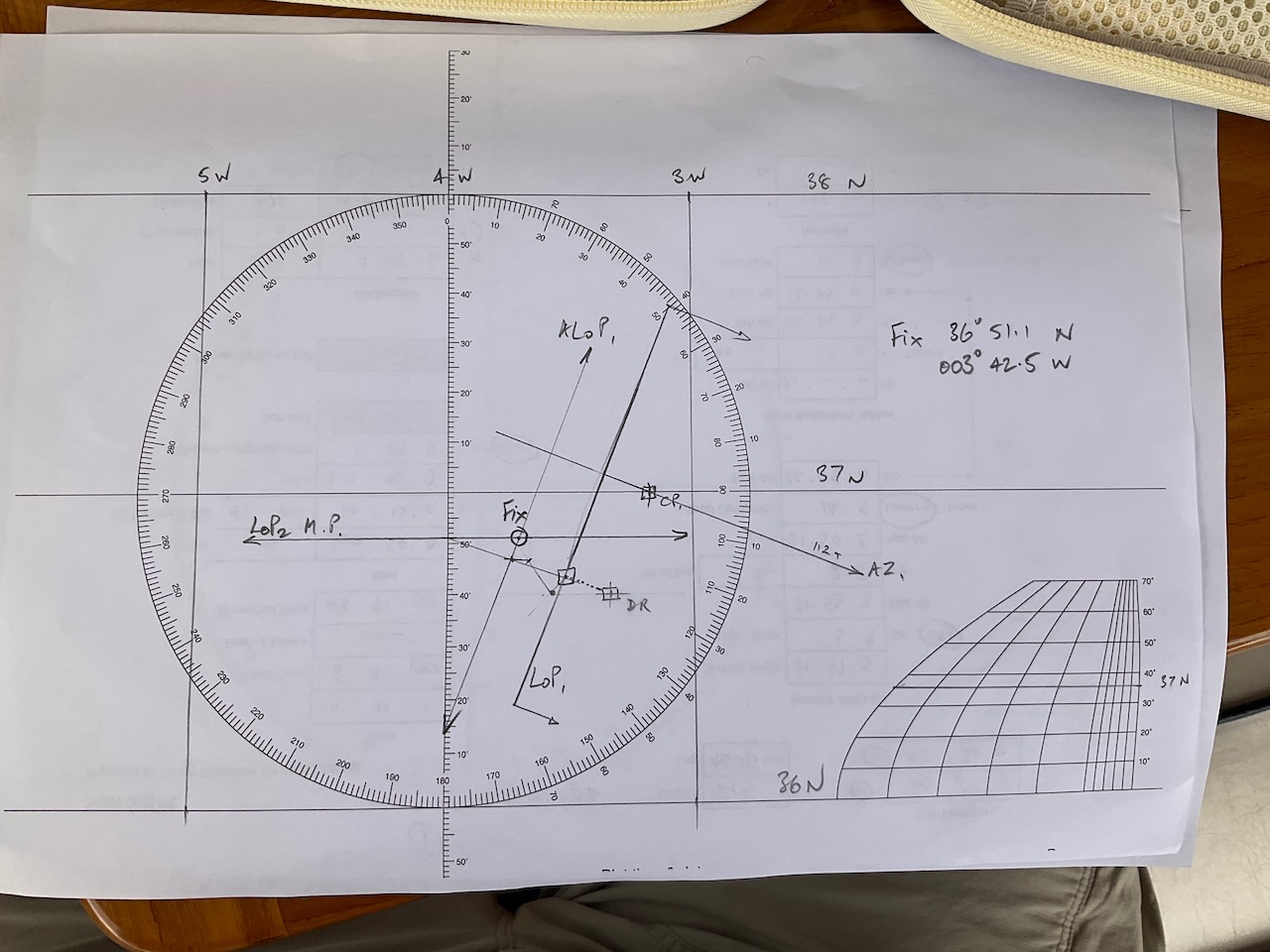2180nm in two weeks. By the time we got to Grenada we were ready for a break.

The first two or three days were the worst – the genoa furler packed up so we had to drop it into the forecabin. The furler needs to work in case you need to furl the sail in a hurry, for example if a squall hits unexpectedly or man overboard. The genoa is the “power sail” so our speed reduced from 7.5 to 6.5 knots – a shame since we’d had a good start and were sitting around 20th out of 88 at that stage.
The next day we flew the Super Zero, but after an hour or so the tack line cut through the bowsprit so we had to try to take it down. It got horribly caught around the forestay and – long story short – Karen went up the mast and cut the sail away. It was dark by the time she was back on the deck, and her arms and legs were black and blue with bruises. Very brave.


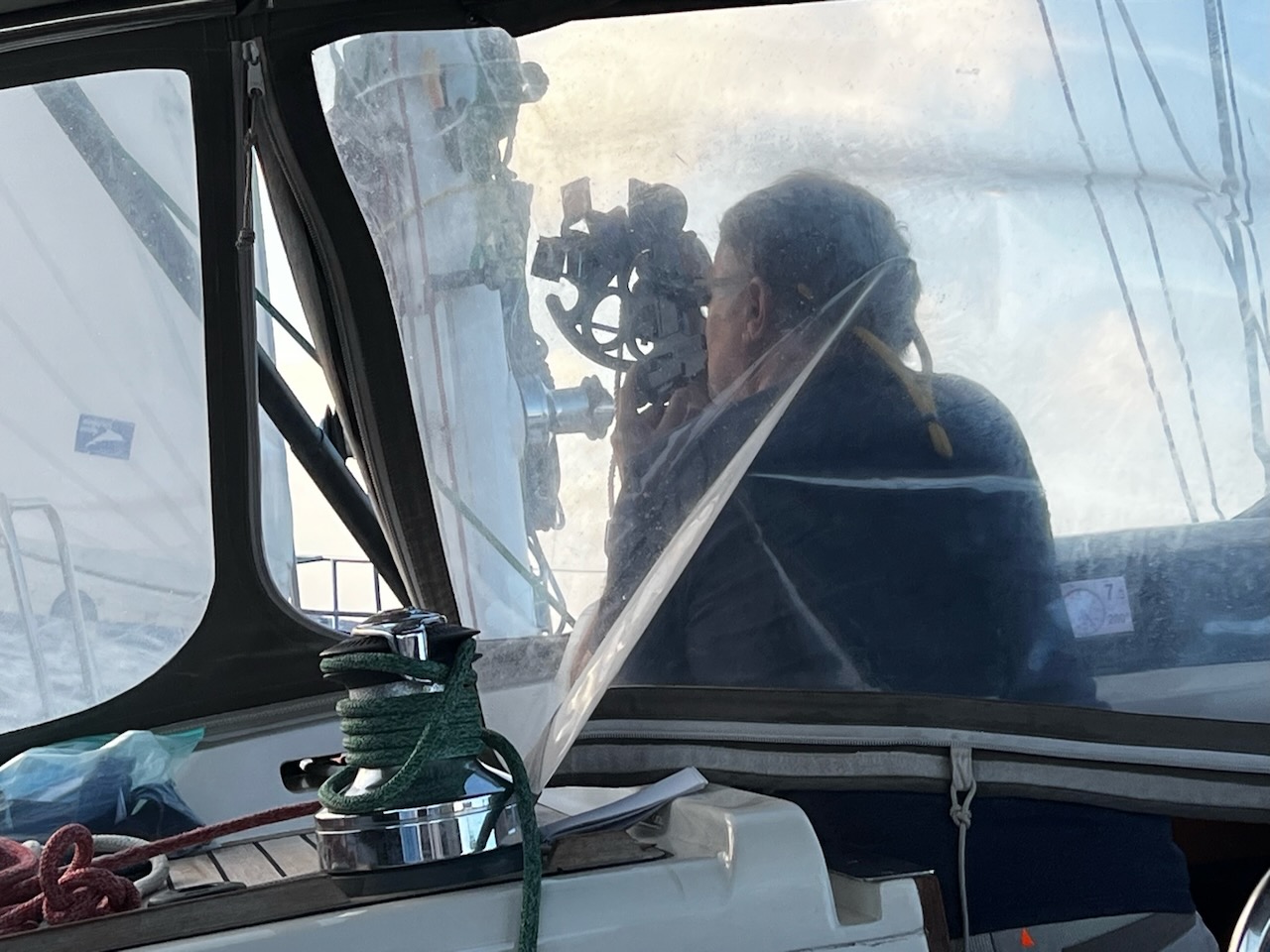
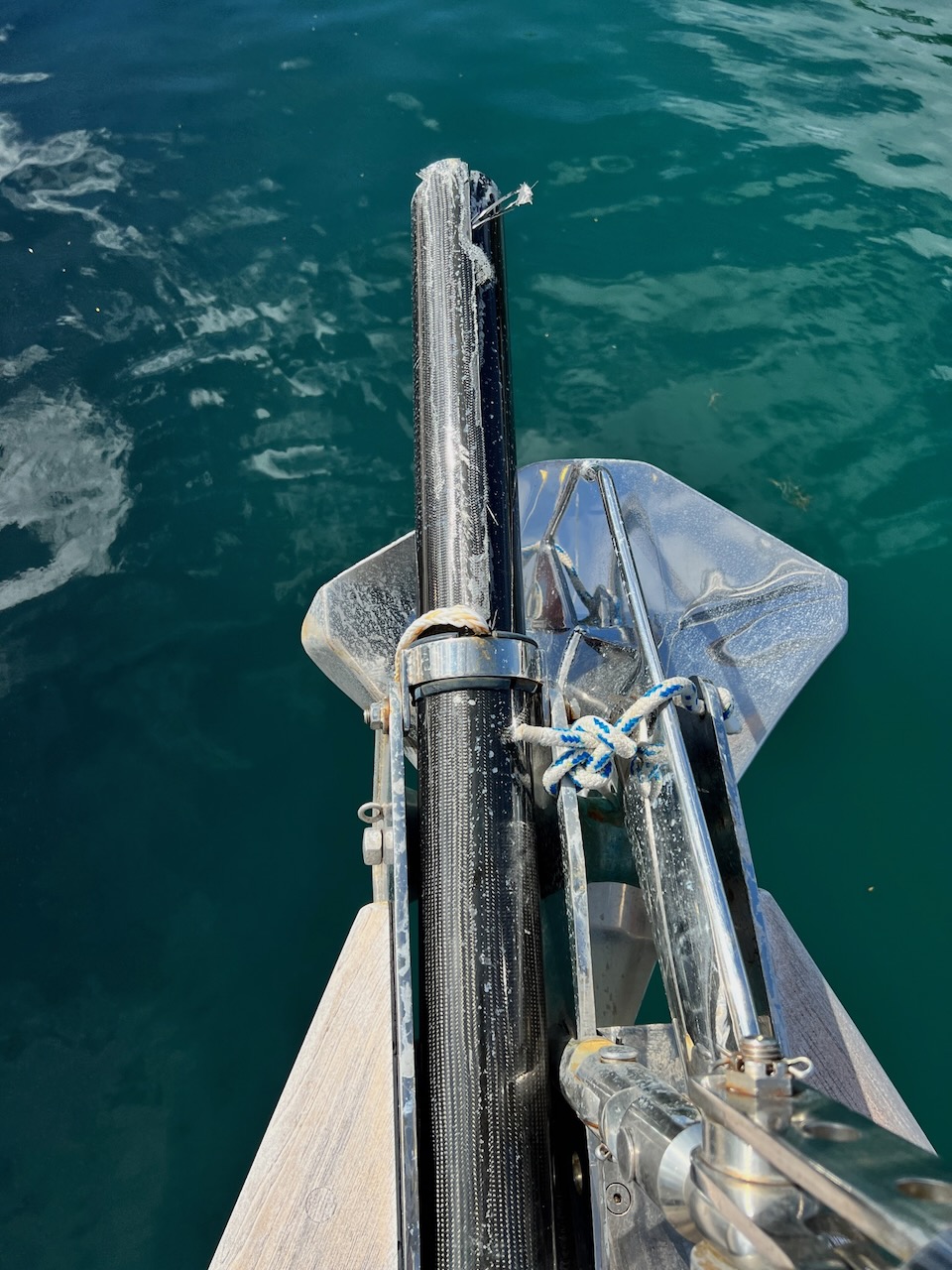
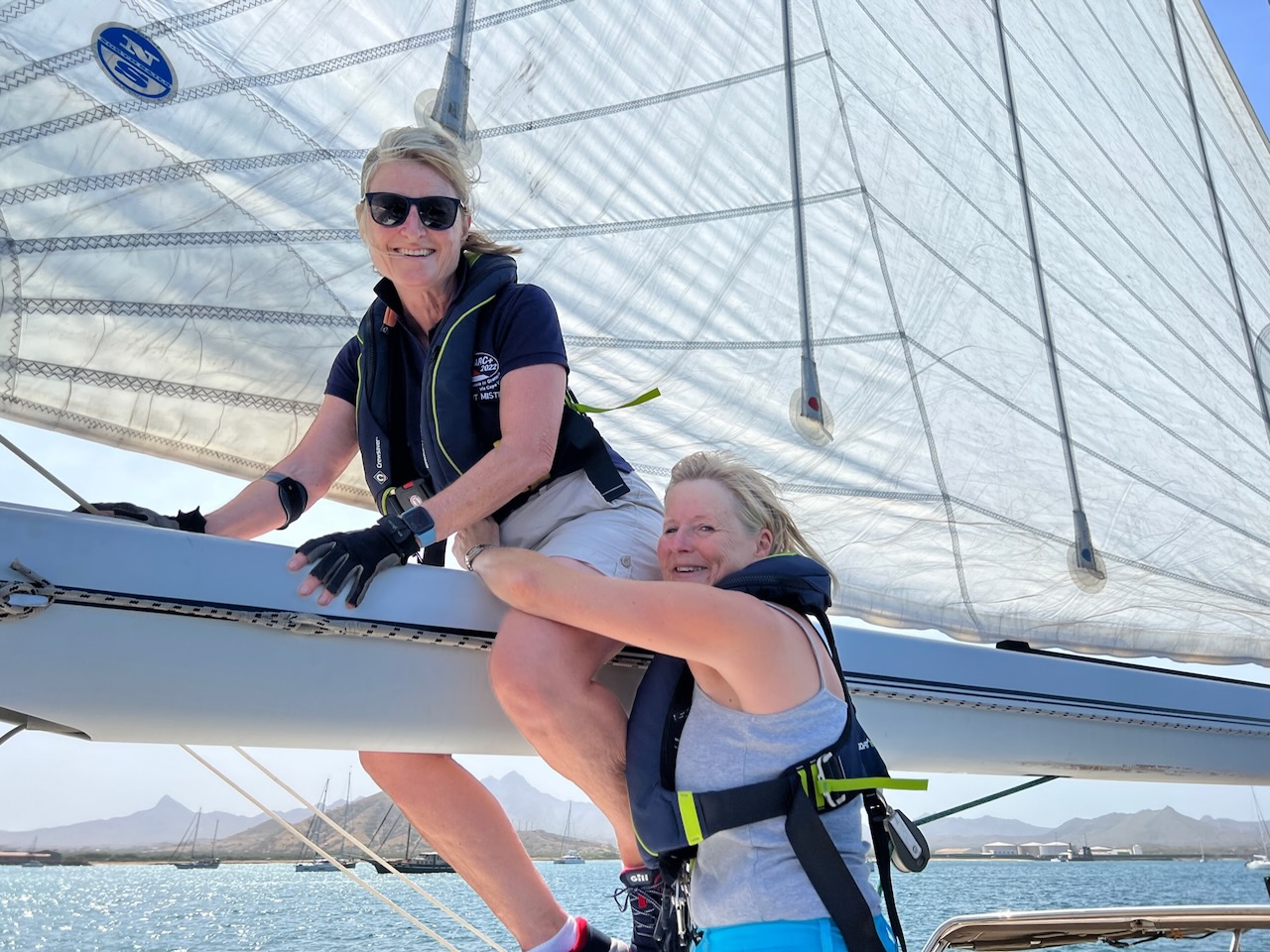
The rest of the trip we sailed using only the mainsail and the jib (staysail), so the passage took two days longer than planned. Laura and Karen prepared some wonderful meals – we ate very well – and under Martin’s guidance, landed a wahoo which we cooked and ate the following evening.
We are now resting and repairing the boat ready for the next part of the journey. We will make our way to St Lucia for Christmas and the start of the World ARC on 7 January.
Much more on this passage on Karen’s blog.

